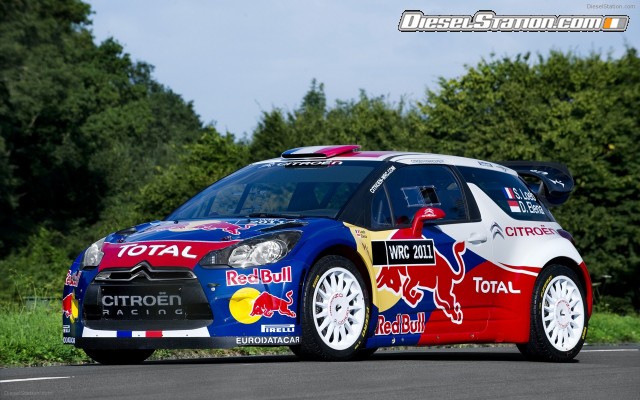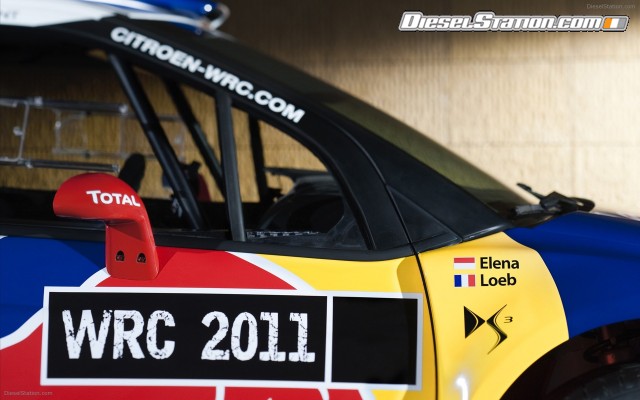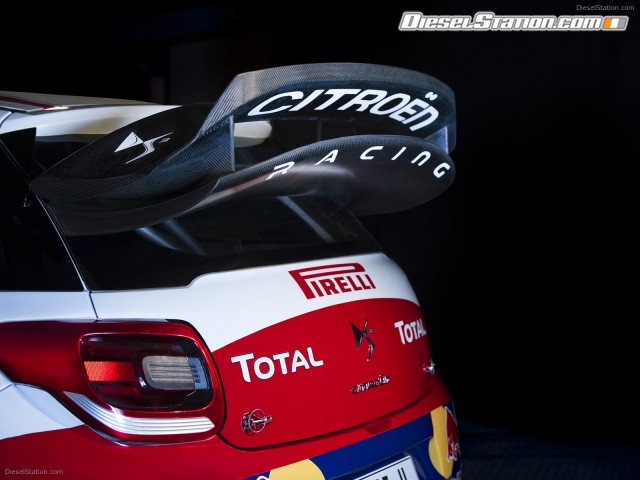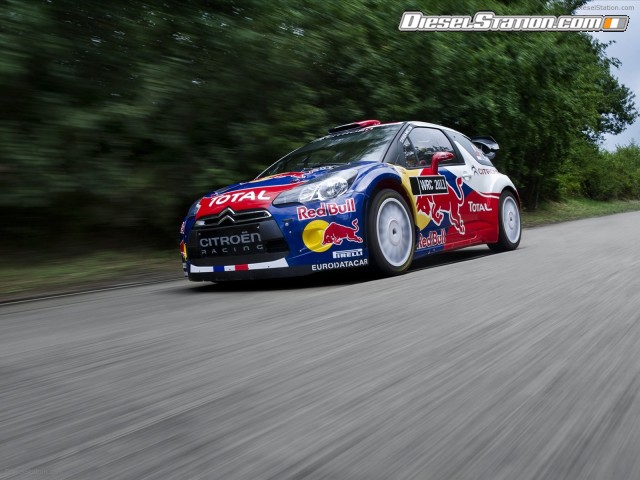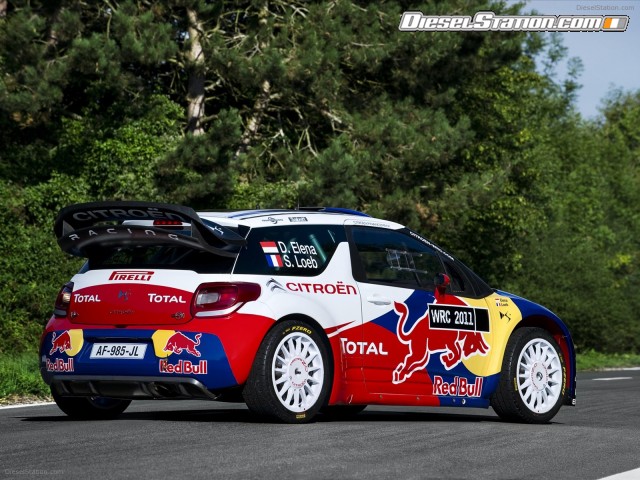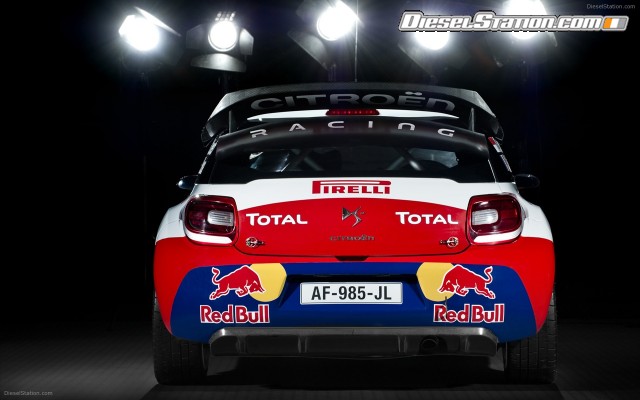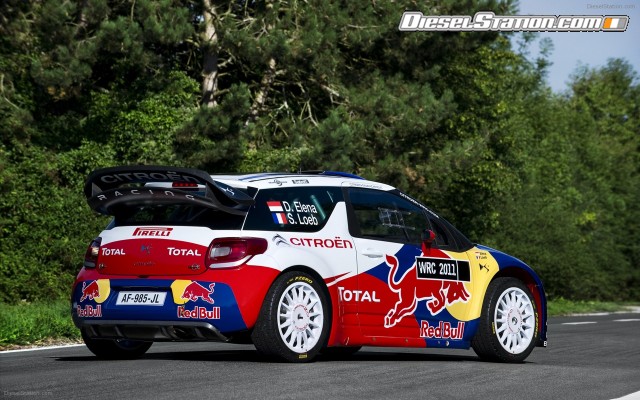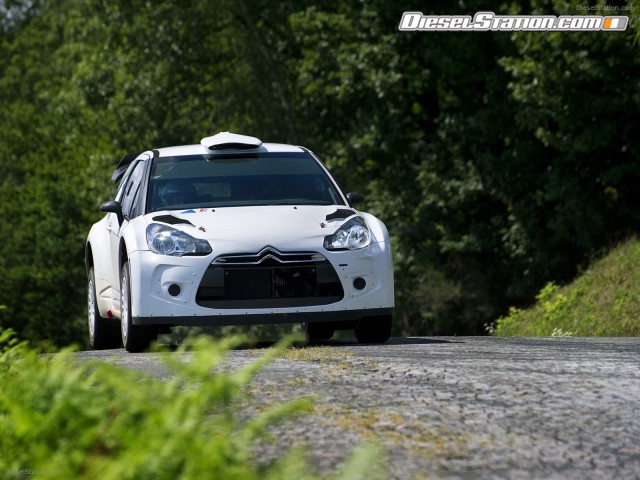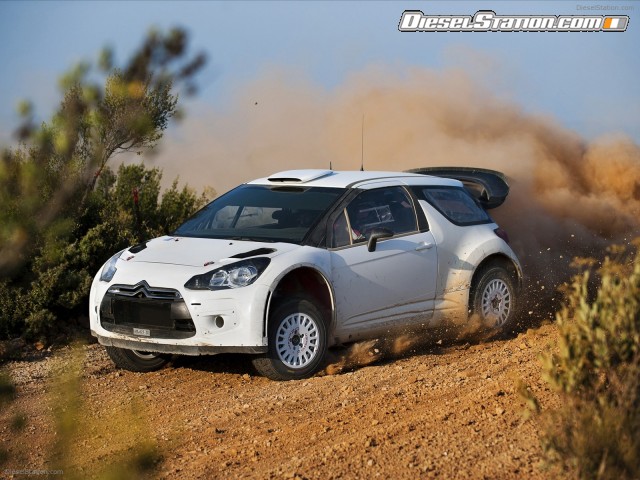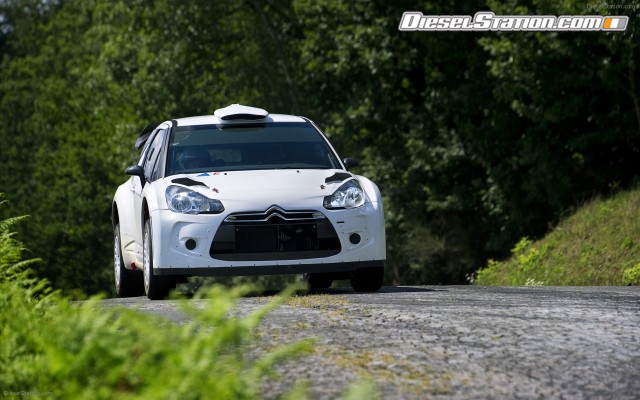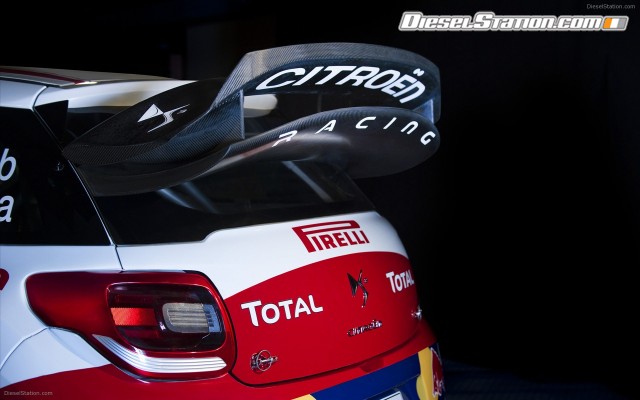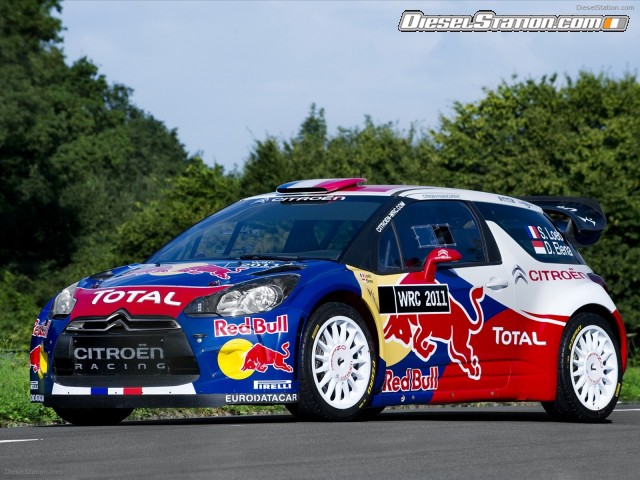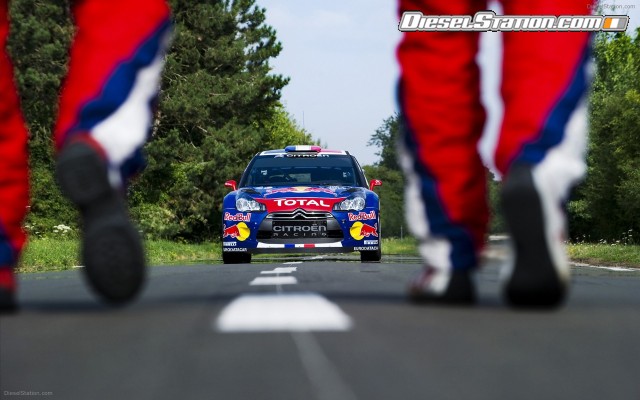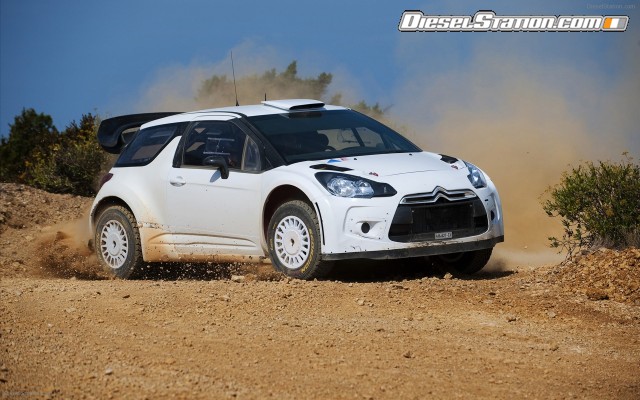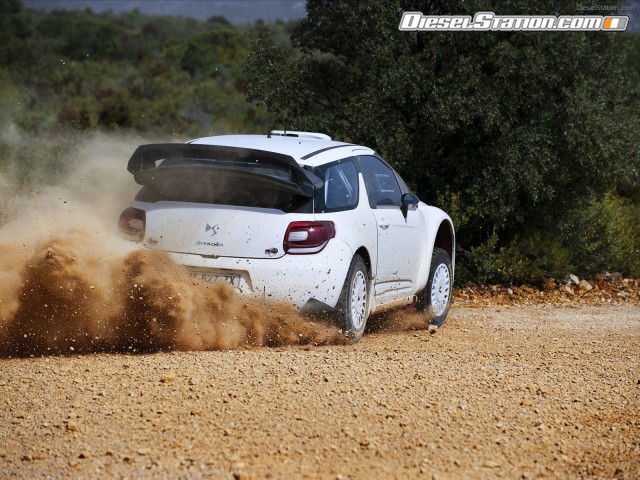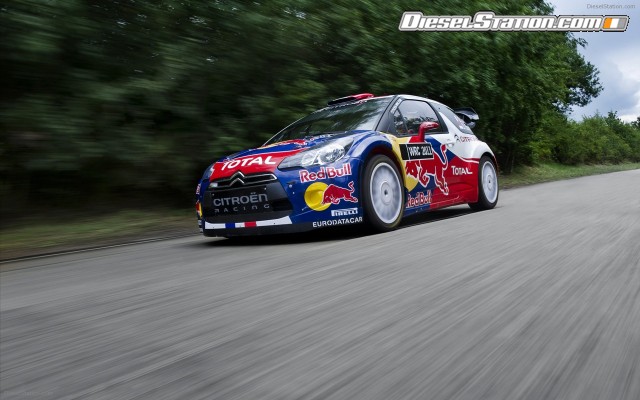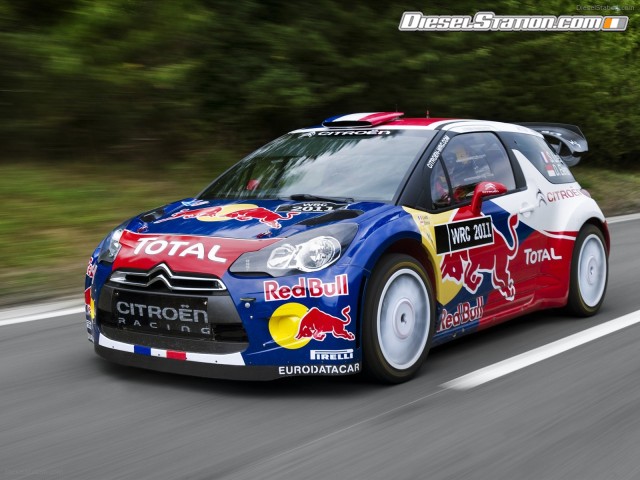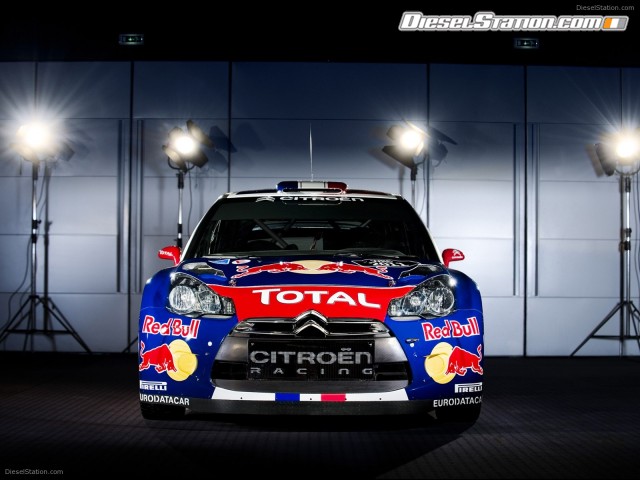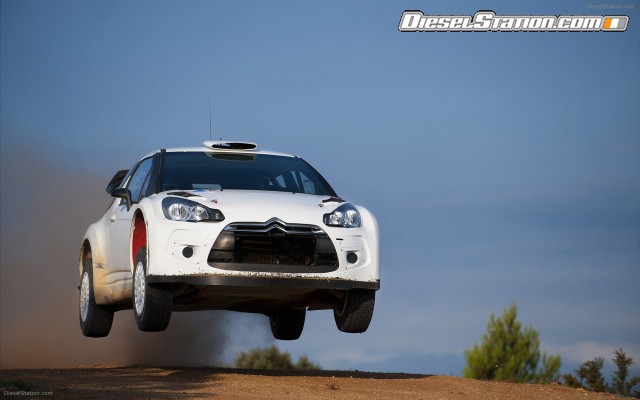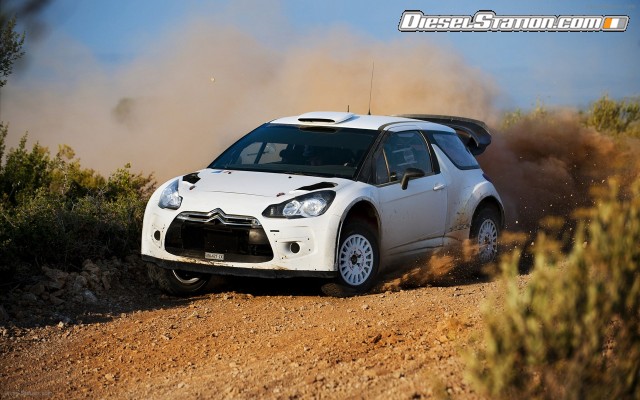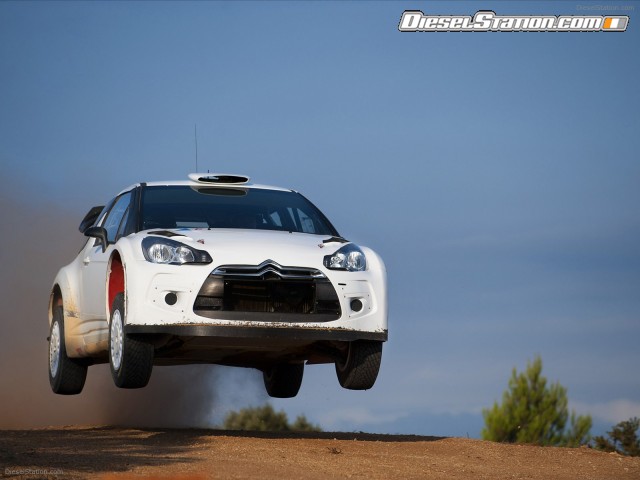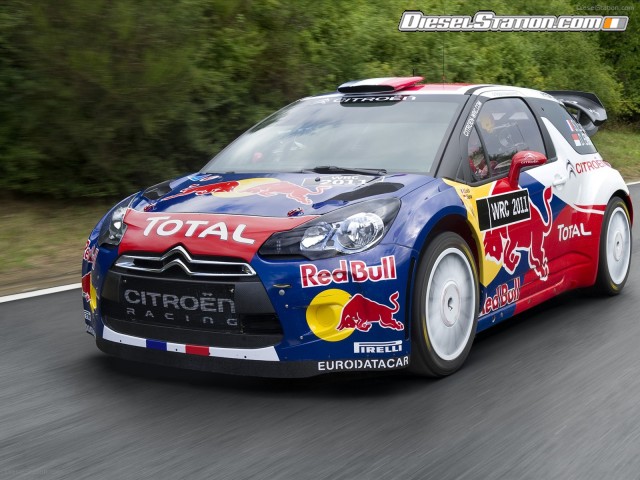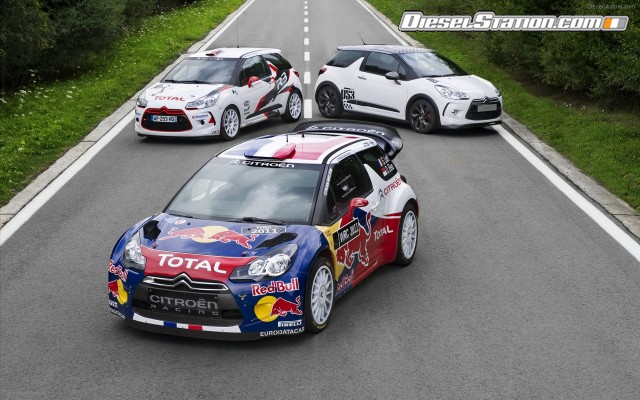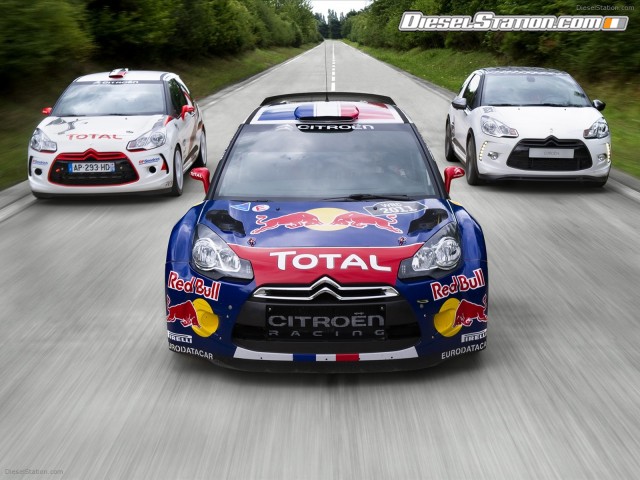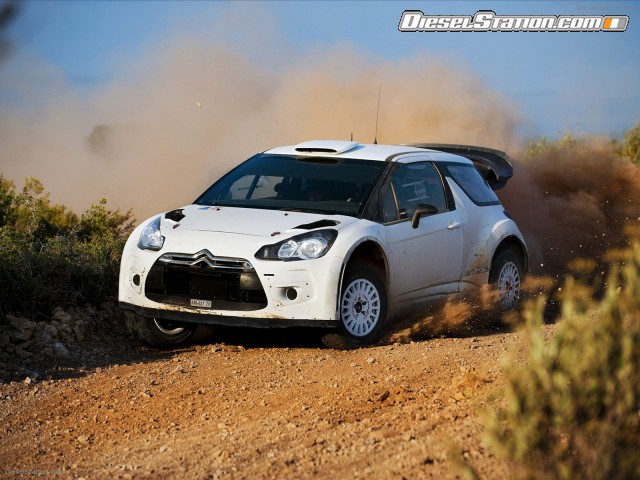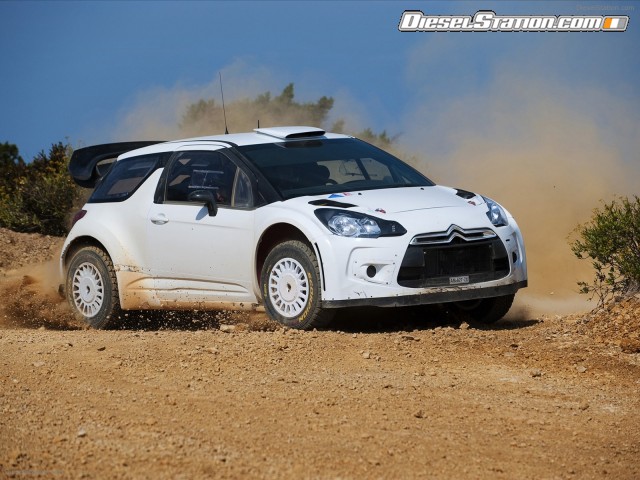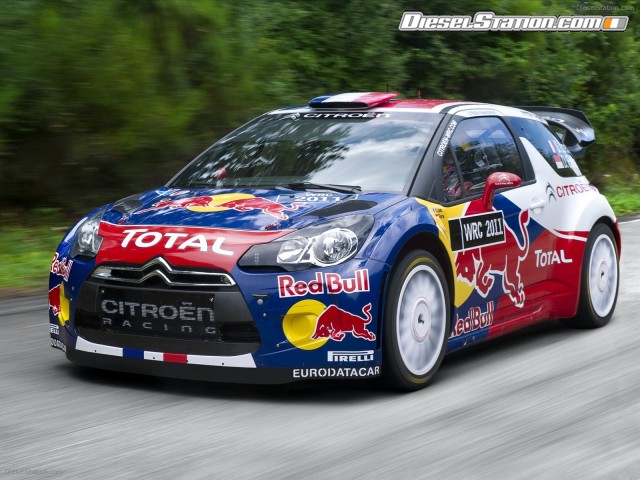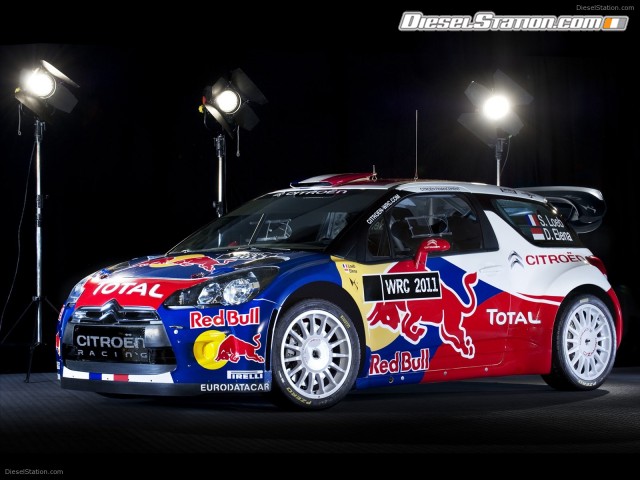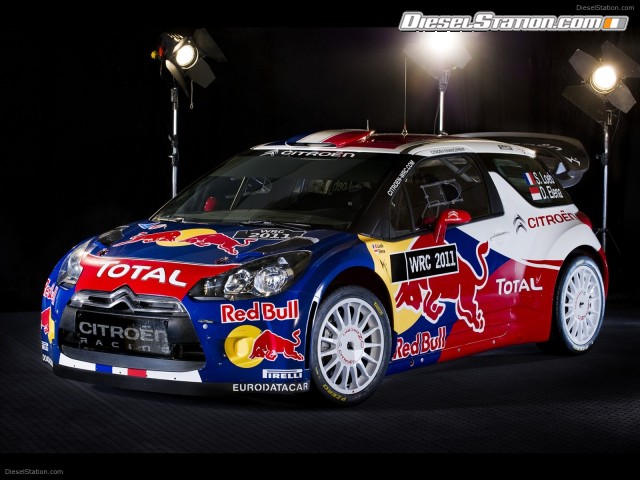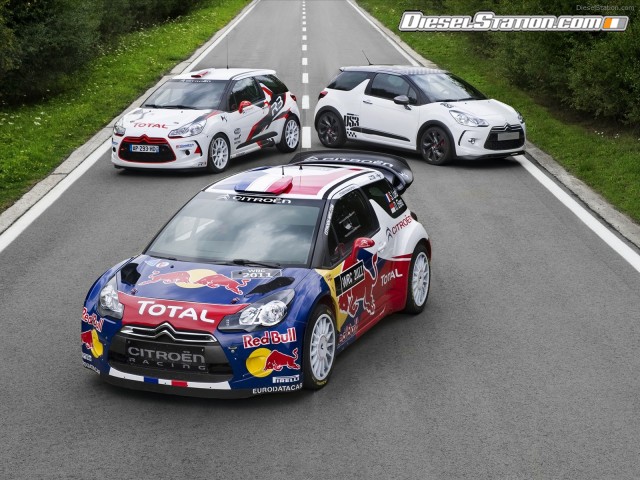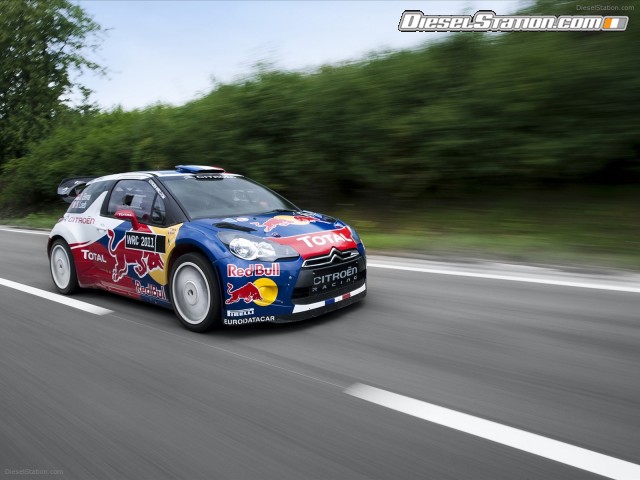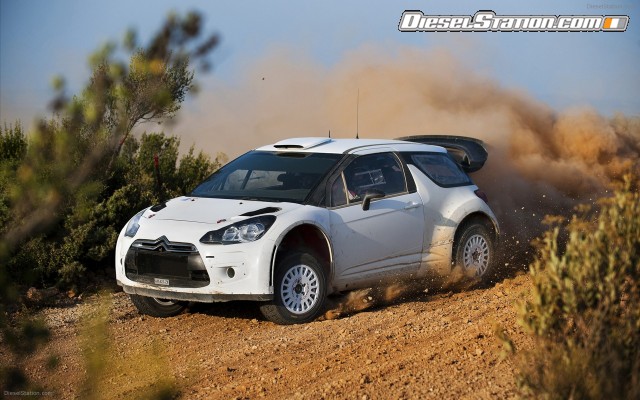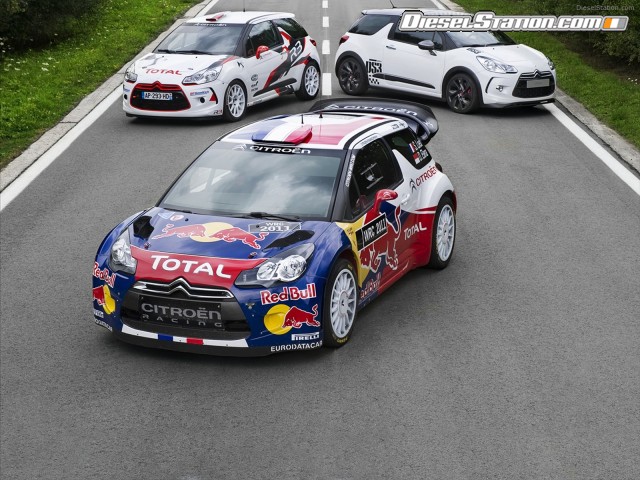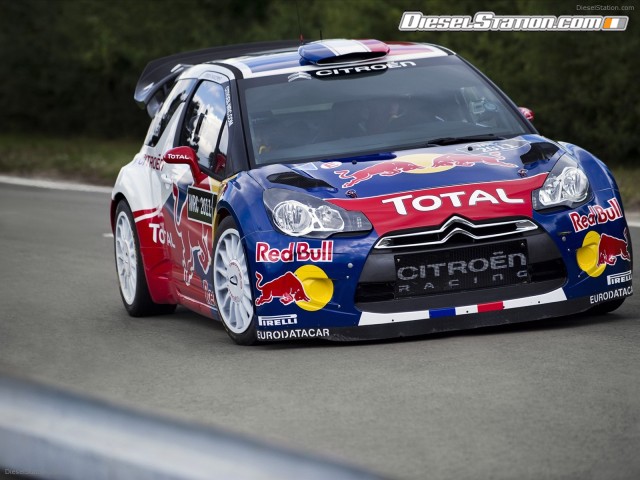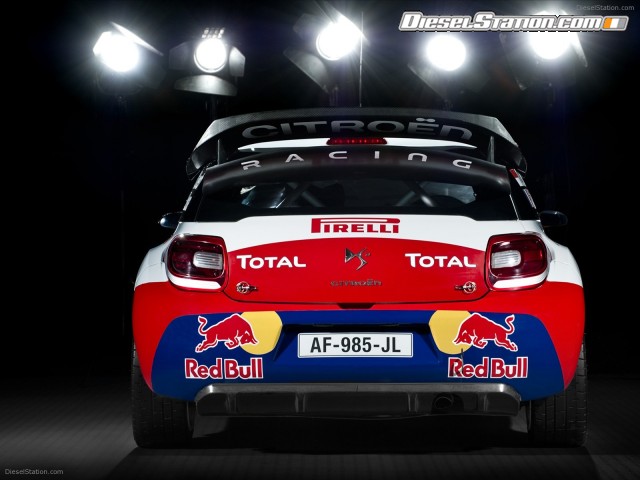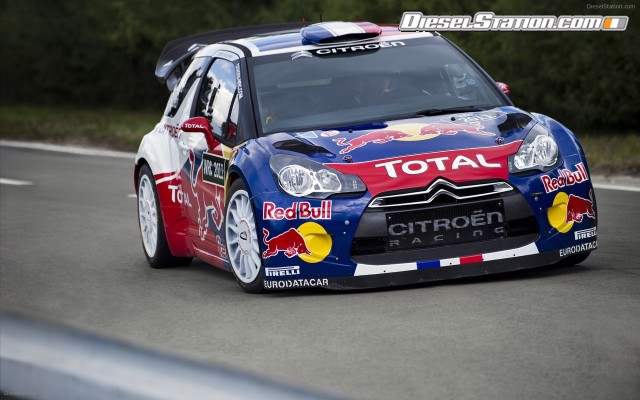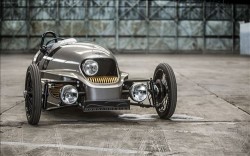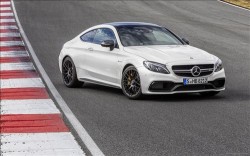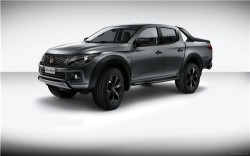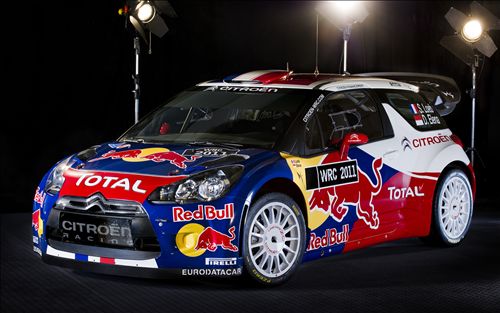Enough of concept cars for today! Lets get to some rally cars now... Citroen announced the Citroen DS3 WRC, the new challenger for the 2011 World Rally Championship. Citroen DS3 WRC will make its public debut at the Paris Auto Show in a day or two.
Citroën is unleashing an all-new contender for the 2011 World Rally Championship - the Citroën DS3 WRC. The hotly anticipated replacement for the multi-championship winning C4 WRC will make its global public debut at the 2010 Paris Motor Show.
Aggressive, dynamic and packed with ‘Créative Technologie’, the DS3 WRC represents the efforts of Citroën Racing to push performance to the limit during its development, whilst complying with the new FIA regulations. After five WRC manufacturer’s and six consecutive driver’s titles for Sébastien Loeb and Daniel Elena, Citroën is out to extend its run of success with the DS3 WRC.
More compact than its predecessor, the Citroën DS3 WRC boasts the same powerful lines as the production DS3, although they are emphasised by the cooling vents and aerodynamic parts designed to improve road holding at high speeds. Under the bonnet, the 300hp 1.6-litre direct-injection turbocharged engine was conceived from start to finish by Citroën Racing. The four-wheel-drive transmission incorporates a six-gear sequential gearbox and front and rear mechanical differentials.
DS3 WRC is designed to limit the budgets required to compete in the WRC. The new FIA rules ban costly materials such as titanium and carbon-fibre, and standardise certain parts like the turbocharger and limit the changes that can be made to the vehicle during its lifetime. Rally nevertheless remains a great testing ground for driving new advances in vehicle technology.
The icy stages of Rally Sweden in February 2011 are expected to give the model its first taste of competitive action. Two teams - Sébastien Loeb / Daniel Elena and Sébastien Ogier / Julien Ingrassia - have already been confirmed for the 2011 World Rally Championship.
Pursuing its involvement in top-class road racing, Citroën Racing has unveiled its new DS3 WRC, due to take part in the 2011 season of the World Rally Championship. Citroën DS3 WRC complies with the brand new regulations drawn up the FIA and is packed full of Créative Technologie.
The compact, dynamic and aggressive design of this ‘little racer’ immediately catches the eye – it has clearly been designed with winning in mind with its widened wings, redesigned bumpers and aerodynamic features. Built using the production body shell, the chassis has undergone many modifications to adapt the four-wheel drive transmission and the McPherson-strut suspension system. The safety of the driver pair is guaranteed by a roll cage, which enhances the sturdiness of the car.
Compared with the previous generation of World Rally Cars, the 2011 regulations have led to a genuine revolution under the bonnet. Citroën DS3 WRC is powered by a four-cylinder, 1600cc turbocharged direct injection engine. A first at this level of motorsport, the use of a direct injection engine opens up new possibilities for the development of racing engines, especially in terms of fuel consumption. Designed and built from start to finish by Citroën Racing, this engine develops a healthy 300bhp.
Certified and supplied by Sadev, the six-speed sequential gearbox is coupled with front and rear differentials. Semi-automatic controls and the central differential are now prohibited. In order to keep costs under control, the FIA has also defined the characteristics (dimensions, weight, price, etc.) of the car’s main components. Taking these constraints into account, Citroën Racing and Sadev’s engineers looked to maximise performance and reliability by focussing on every last detail.
Deemed to be efficient, balanced and easy to handle by drivers during initial testing, Citroën DS3 WRC will have the job of adding to the large collection of titles and race wins racked up by Xsara and C4 WRC.
BODYWORK AND CHASSIS: COMPACT AND AGGRESSIVE DESIGN
Fine-tuned during extensive wind tunnel testing, Citroën DS3 WRC’s bodywork accentuates the curves of the original model. The wings and the bumpers have been redesigned in order to attain the maximum authorised width of 1,820mm and to accommodate the 18-inch wheels (tarmac version). The front bumper now includes an aerodynamic splitter, whilst a stylish rear spoiler has been attached to the tailgate. The doors have also been altered, with the installation of polycarbonate fixed frame windows and the injection of foam designed to absorb energy in the event of a side impact.
Built using the production body shell, the DS3 WRC chassis includes a roll cage made of over 40 metres of steel tubing. The lower part has undergone several significant structural modifications:
Upper attachment points added for the rear McPherson-strut suspension
Optimisation of the lower suspension attachment points
Integration of the transmission tunnel and the rear differential
Lateral reinforcements added level with the body sills
Since DS3 is more compact than C4 WRC, Citroën Racing’s engineers worked on improving the position of each component so as to achieve the best possible balance between the car’s centres of inertia and centres of gravity.




